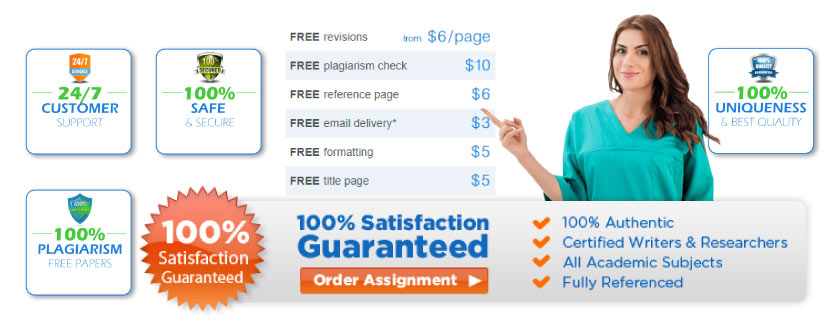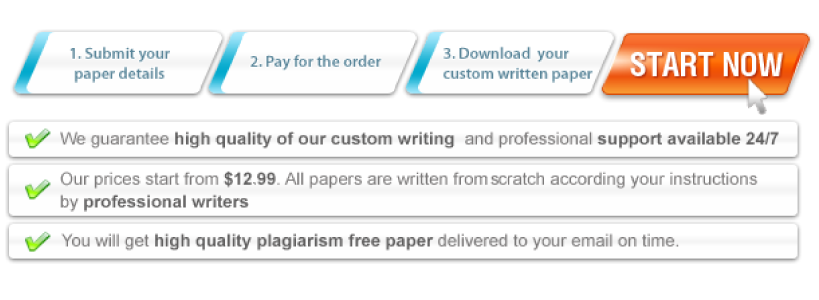What is the coalition’s vision and mission? What motivates me to bring people together?
Questions to Ask and Answer: What is the coalition’s vision and mission? What motivates me to bring people together?
Who ought to be represented? Who are my community’s potential partners (organizations and businesses)? In your community, evaluate both the needs and the assets (resources). This will give you an idea of what you can do versus what you want to do. To establish priorities, form a coalition. What are the most important issues, according to community members and key stakeholders? When determining your priorities, keep feasibility, effectiveness, and measurability in mind. Begin gathering state and local data in order to paint a realistic picture of community needs.
The information gathered during the assessment phase will serve as the baseline data. Baseline data is information gathered prior to the start of a program or intervention. They enable you to keep track of your progress. ESSENTIAL ELEMENTS –
1. Key individuals and organizations are identified to meet the needs of the community. 2. Appropriate community coalitions that already exist are invited to join the MAP-IT project. 3. Defining and stating the community’s vision
ANALYZE –
Questions and Answers: Who is impacted and how? What are our resources? What resources are required? In your community, evaluate both the needs and the assets (resources). This will give you an idea of what you can do versus what you want to do. To establish priorities, form a coalition.
What are the most important issues, according to community members and key stakeholders? When determining your priorities, keep feasibility, effectiveness, and measurability in mind. Begin gathering state and local data in order to paint a realistic picture of community needs. The information gathered during the assessment phase will serve as the baseline data. Baseline data is information gathered prior to the start of a program or intervention. They enable you to keep track of your progress.
ESSENTIAL ELEMENTS –
4. The community assessment includes all demographic data that is required. 5. The assessment incorporates all necessary morbidity and mortality data.
6. The community has identified three modifiable behavioral risk factors. 7. A list of the community’s needs and strengths, as well as available and needed resources, is provided. 8. Defined healthcare system capacity
PLANNING –
Questions to Ponder and Answer: What is our ultimate goal? What steps must we take to achieve our objective? Who is going to do it? How will we know when we’ve accomplished our goal? A good plan includes specific goals and steps to achieve them. The goals you set will be specific to your issue or community; they do not have to be identical to those in Healthy People 2020. Think about your intervention points. Where can you make a difference? Consider how you will track your progress. How will you know if your efforts are fruitful? When setting goals, make sure to specify exactly what you want to achieve. What is expected to change, how much will change, and when will it happen? Make your goals challenging while remaining realistic.
Remember that objectives require a target. The desired amount of change is referred to as a target (reflected by a number or percentage). A baseline (where you are now—your first data point) is required for a target.
ESSENTIAL ELEMENTS –
9. The goal is well defined. 10. Goal-attainment strategies are realistic and measurable. 11. The method of evaluation is clearly stated.
IMPLEMENTATION –
Questions to Ask and Answer: Are we sticking to our game plan? What can we improve? Create a detailed work plan first, outlining concrete action steps, identifying who is responsible for completing them, and establishing a timeline and/or deadlines.
Ascertain that all collaborators are on board with the work plan. Next, consider appointing a single point of contact to oversee the process and ensure that things are completed. Make sure that coalition members share responsibilities. Don’t forget to do the following on a regular basis: Bring in new partners to give you a boost of energy and new ideas. Check in with existing partners on a regular basis to see if they have any suggestions or concerns. Create a communication strategy to spread the word. Organize kick-off events, activities, and community meetings to highlight your achievements (and partners). ESSENTIAL ELEMENTS – 12. The action plan is in the active tense and specifies specific tasks to be completed in order to complete the program plan/intervention. 13. The monitoring plan tracks the action plan’s incremental progress (what, how, how often, by whom)
TRAIL –
Questions to ask and answers to provide: Are we assessing our performance? Did we stick to the plan? What did we alter?
Did we achieve our objective? Plan for regular evaluations to track and measure your progress over time. Consider collaborating with a local university or state health statistics center to assist with data tracking. Consider the following when evaluating data over time: Data Quality: Make sure to look for standardization in data collection, analysis, and question structure. Self-Reported Data Limitations: Be aware of self-reporting bias when using self-reported data (such as exercise frequency or income). Validity and dependability of data: Be on the lookout for changes to survey questions and/or the creation of new data collection systems. This may have an effect on the validity of your responses over time. (Consult a statistician for assistance with validity and reliability testing.) Data Availability: Data collection efforts are not always carried out on a consistent basis.
Don’t forget to share your progress — and your triumphs — with your community. If you notice a positive trend in data, make an announcement or release a press release. CRITICAL ELEMENTS –14. An evaluation plan detailing what data will be collected is in place.
15. Comprehensive data collection tools are included. 16. Data analysis includes making progress, learning lessons, and reporting results back to the community. 17.Program/project focuses on one of the Health People 2020 Topics & Objectives




